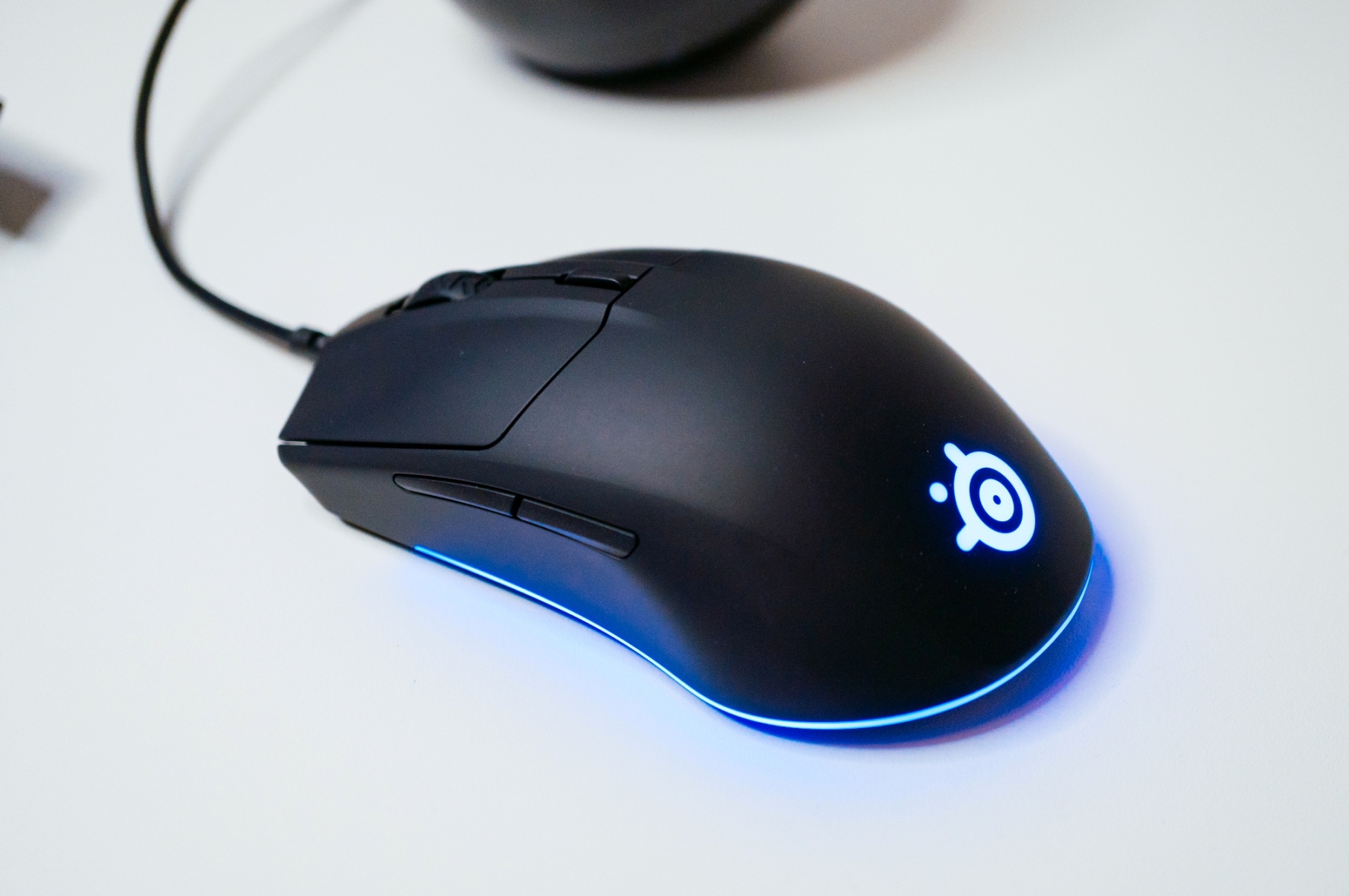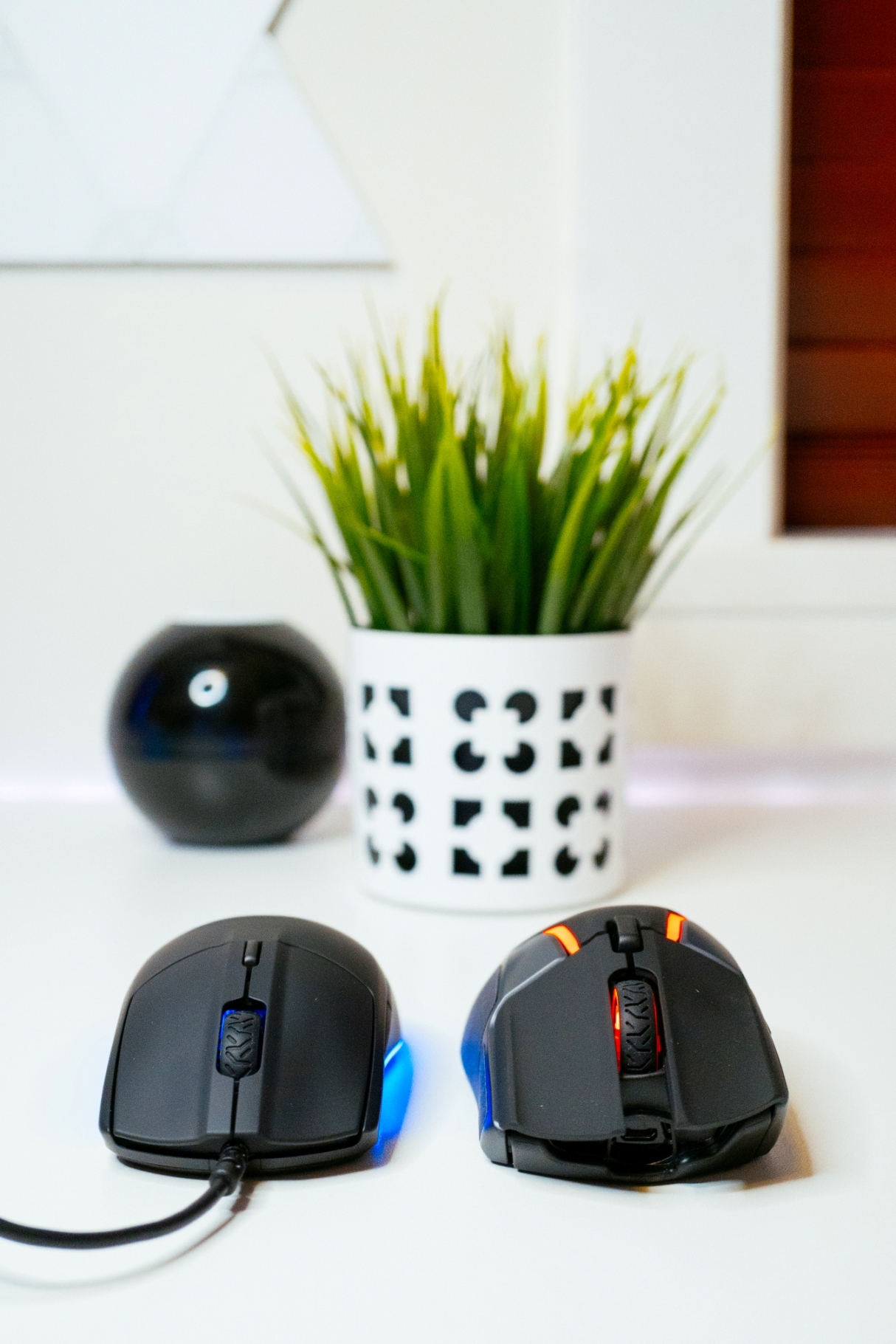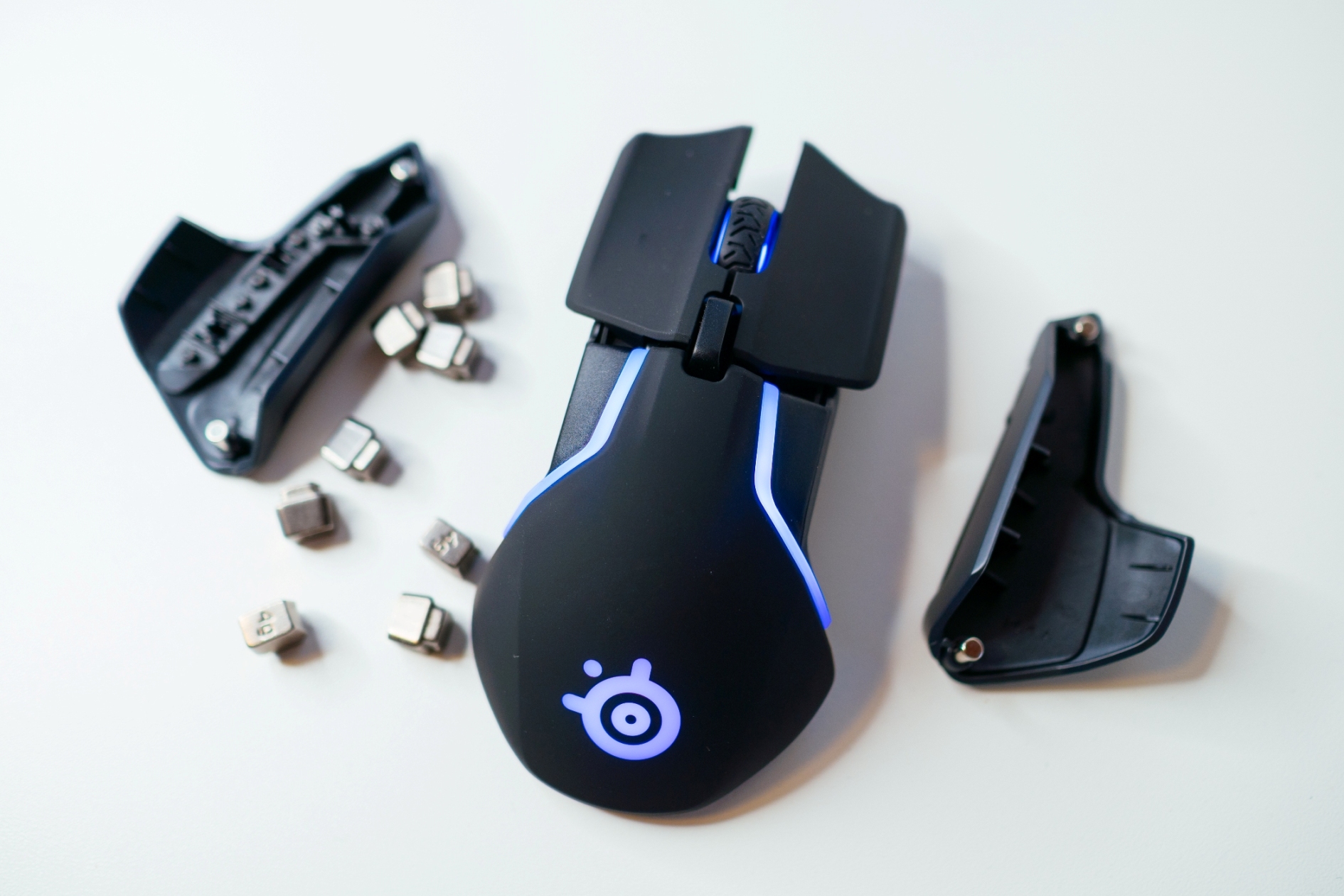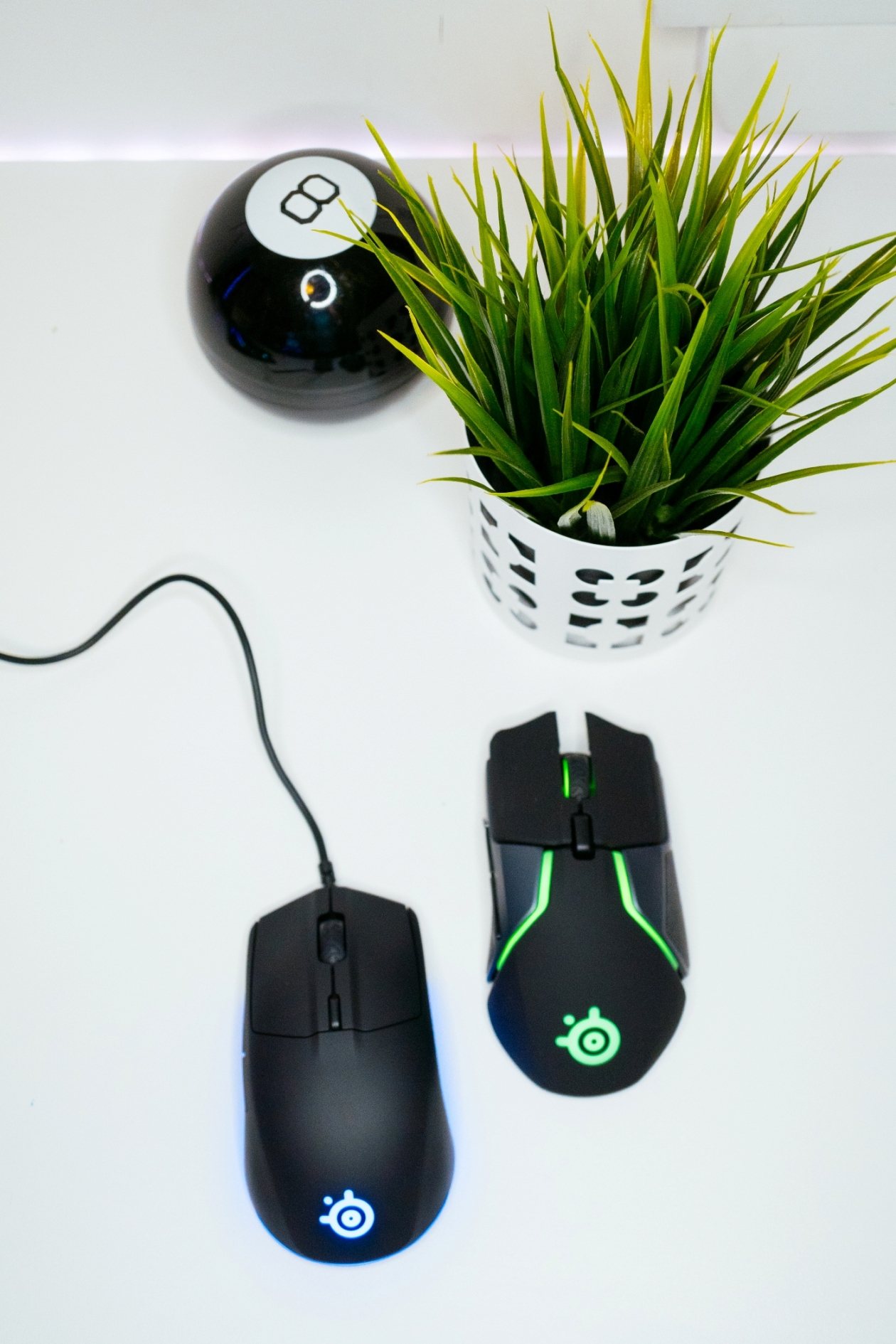 Gaming peripherals have a significant impact on your gaming enjoyment. Over the 2020 year, I found myself getting back into the gaming scene. I was surprised at how big of an impact my mouse made to my game performance and the length of time I could play. Today I’m going to review two SteelSeries mice, the Rival 3 and the wireless Rival 650.
Gaming peripherals have a significant impact on your gaming enjoyment. Over the 2020 year, I found myself getting back into the gaming scene. I was surprised at how big of an impact my mouse made to my game performance and the length of time I could play. Today I’m going to review two SteelSeries mice, the Rival 3 and the wireless Rival 650.
Testing of the SteelSeries Rival 3 and Rival 650 were done on my Windows 10 PC.
Rival 3 review

Rival 3 specs
|
The Rival 3 is SteelSeries’ entry level gaming mouse. However, don’t let this fool you, it doesn’t feel or act like an entry level mouse. The Rival 3 is compatible with Windows, Mac, Xbox and connects via a USB 2.0 cable.
The body of the Rival 3 is comfortable. It has a smooth ergonomic design that works for fingertip, claw, and palm grips. During my tests, I did not find myself needing to adapt my grip in order to use the mouse. In terms of weight, the Rival 3 is a mere 77 grams making it light and easy to maneuver.
The Rival 3 has six programmable buttons which can be customized using the SteelSeries GG software. The SteelSeries GG software allows you to make up to five different mouse profiles, which I found useful as I could customize profiles for gaming, productivity, and media.
The cable of the Rival 3 is a standard plastic cable. What I liked about it is that it is lightweight and does not get in the way. While other gaming mice may have thicker braided mouse cables, they also create drag and negative resistance. Drag happens when you try to move your mouse and the cable’s weight slows down the movement. On the other hand, negative resistance happens when the cable’s thickness offers resistance and pushback opposite to your movement. On the Rival 3, neither of these are an issue. During my tests playing Apex Legends and Call of Duty, the Rival 3 was smooth and did not hinder my movements in any way.
When it comes to RGB on a mouse, I liked what SteelSeries did with the Rival 3. While the mouse has only three customizable RGB zones, I enjoyed the design of the RGB locations. In particular, I appreciated how one of the RGB zones seems to wrap around the base of the mouse. This gave the illusion that the mouse was floating as it sat on my desk.
The Rival 3 is a great entry level mouse. For anyone who’s looking for something simple to get the job done, this is the tool I recommend.
Rival 650 review

Rival 650 specs
|
For the more serious gamer who needs the ultimate flexibility, SteelSeries has the Rival 650. The Rival 650 is SteelSeries’ advanced level gaming mouse.
The first major differentiator from the Rival 3 is that the Rival 650 is completely wireless. It is compatible with Windows, Mac, Linux, Xbox and connects with a wireless USB dongle. While not essential, the Rival 650 does not have any in-body storage for the USB dongle. This means that if you are travelling with Rival 650, you will need to find separate storage for the dongle.
 The body of the Rival 650 is well designed. You can feel that SteelSeries put a lot of thought into how the user would engage with the mouse. To start with, the two main mouse buttons have a slight curvature which allows our fingers to comfortably rest in the middle. Along the sides of the mouse, there are rubber pads that are both soft which ensure the user has a good grip. Like the Rival 3, the Rival 650’s design allows for fingertip, claw, and palm grips for ongoing hours of fun and gaming.
The body of the Rival 650 is well designed. You can feel that SteelSeries put a lot of thought into how the user would engage with the mouse. To start with, the two main mouse buttons have a slight curvature which allows our fingers to comfortably rest in the middle. Along the sides of the mouse, there are rubber pads that are both soft which ensure the user has a good grip. Like the Rival 3, the Rival 650’s design allows for fingertip, claw, and palm grips for ongoing hours of fun and gaming.
In terms of buttons, the Rival 650 has seven fully customizable buttons. Using the SteelSeries GG software, I was able to create more than 10 customized profiles for the mouse. While doing my research, I wasn’t able to find a limit to the number of custom profiles you can make for the Rival 650. Be however rest assured that you will have more than enough profiles to cover your Rival 650 needs.
According to the SteelSeries website, the Rival 650 has a 24 hour battery life. When testing it, I noticed this statement was surprisingly accurate. On average, I used the mouse for 8-10 hours a day and halfway through my third day of use, I noticed that the low battery indicator began to flash. To reach the 24 hour battery life, the Rival 650 goes into sleep mode after five minutes of inactivity. Waking it up was as simple as pressing down on any of the buttons. In terms of connecting, the Rival 650 is charged using a USB-C connector located on the front of the mouse.
When looking at the RGB lighting on the Rival 650, I definitely felt that it was more subdued than the Rival 3. SteelSeries took the “less is more” approach and did not overpower the Rival 650’s aesthetics with RGB lighting. The Rival 650 has eight individually customizable RGB zones which can create some interesting light patterns. Personally, I preferred using the colourshift RGB profile.
Customizable mouse weight

For many gamers, the weight of a mouse has a significant impact on gaming performance. At its base weight, the Rival 650 is 121 grams. For gamers that prefer heavier mice, I would recommend using the Rival 650 as it has a trick up its sleeves. The left and right side panels of the Rival 650 can be removed to reveal four empty slots. These slots are meant to hold the eight 4 gram weights which are included in the box. It then means that gamers can customize the weight of the Rival 650 from 121 grams all the way up to a total of 153 grams.
Adding the weights to the Rival 650 is simple. You start by removing the side panels of the mouse. These panels are held on magnetically and are easy to be taken off. Once the panels are removed, the weights can be added to the silicon slots. In my testing, I discovered that this material did a good job of holding them in place. During use and repeated opening of the panels, they also remained securely attached.
The Rival 650 is an easy choice for anyone looking at wireless gaming mice. Its long battery life, customizability, and ability to adjust weight make it a strong contender.
Final thoughts
 While the SteelSeries Rival 3 and the Rival 650 appear to be built for different users in mind, they share SteelSeries’ user centric design. The software customizations and user profiles make these mice easy to use across different applications and purposes. For the casual gamer like myself, I had no issues adapting to either mouse for gaming or productivity. If I had to choose, the Rival 650 fit my needs the best. This is due to its wireless nature, the comfortable rubber grips, and the ability to adjust the weight. On the other hand, if your gaming needs don’t require adjustable weights or need additional grip, the Rival 3 is a solid alternative. If you’re looking for other gaming gear by SteelSeries, do not waste a second, go ahead and check out their peripherals here.
While the SteelSeries Rival 3 and the Rival 650 appear to be built for different users in mind, they share SteelSeries’ user centric design. The software customizations and user profiles make these mice easy to use across different applications and purposes. For the casual gamer like myself, I had no issues adapting to either mouse for gaming or productivity. If I had to choose, the Rival 650 fit my needs the best. This is due to its wireless nature, the comfortable rubber grips, and the ability to adjust the weight. On the other hand, if your gaming needs don’t require adjustable weights or need additional grip, the Rival 3 is a solid alternative. If you’re looking for other gaming gear by SteelSeries, do not waste a second, go ahead and check out their peripherals here.



